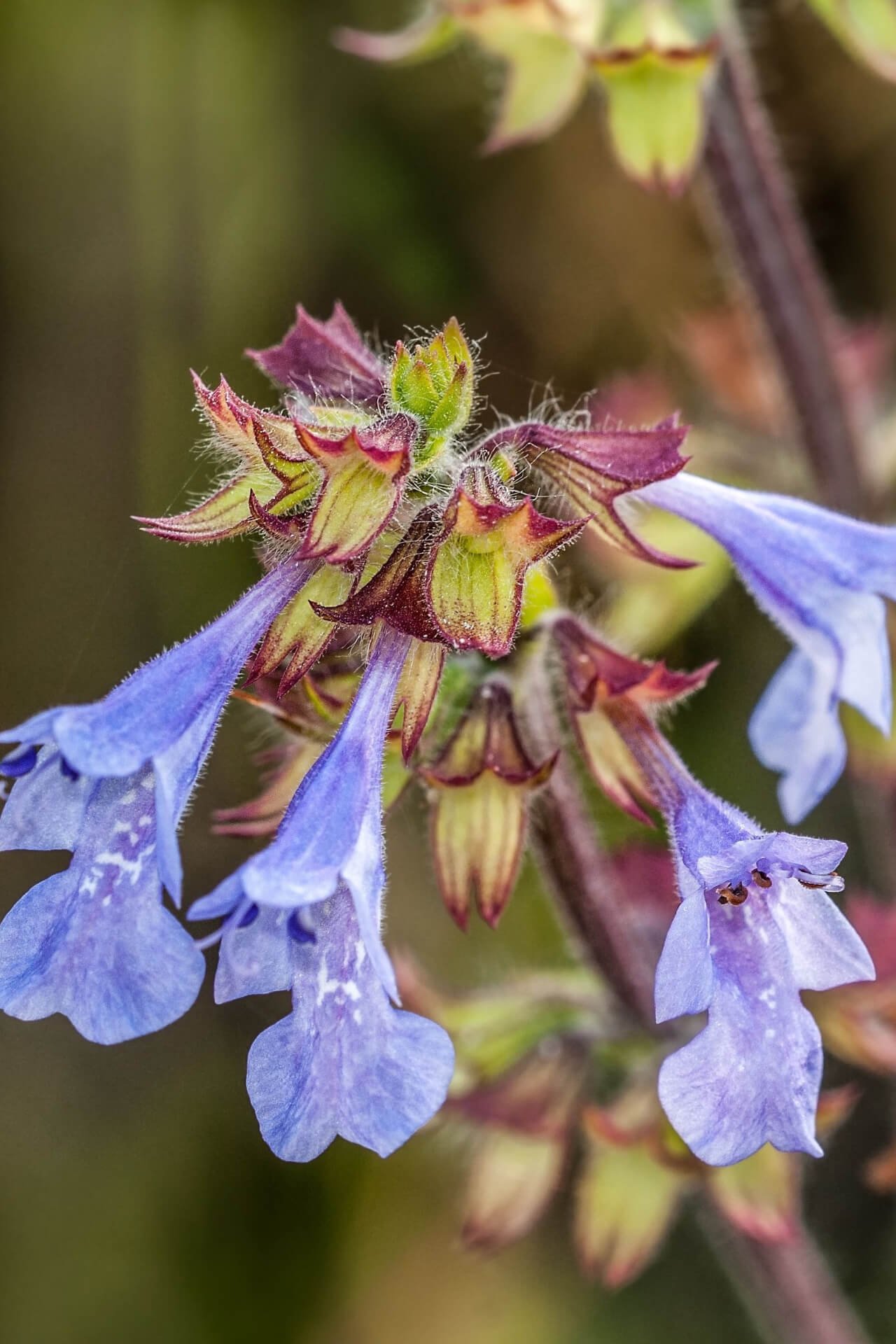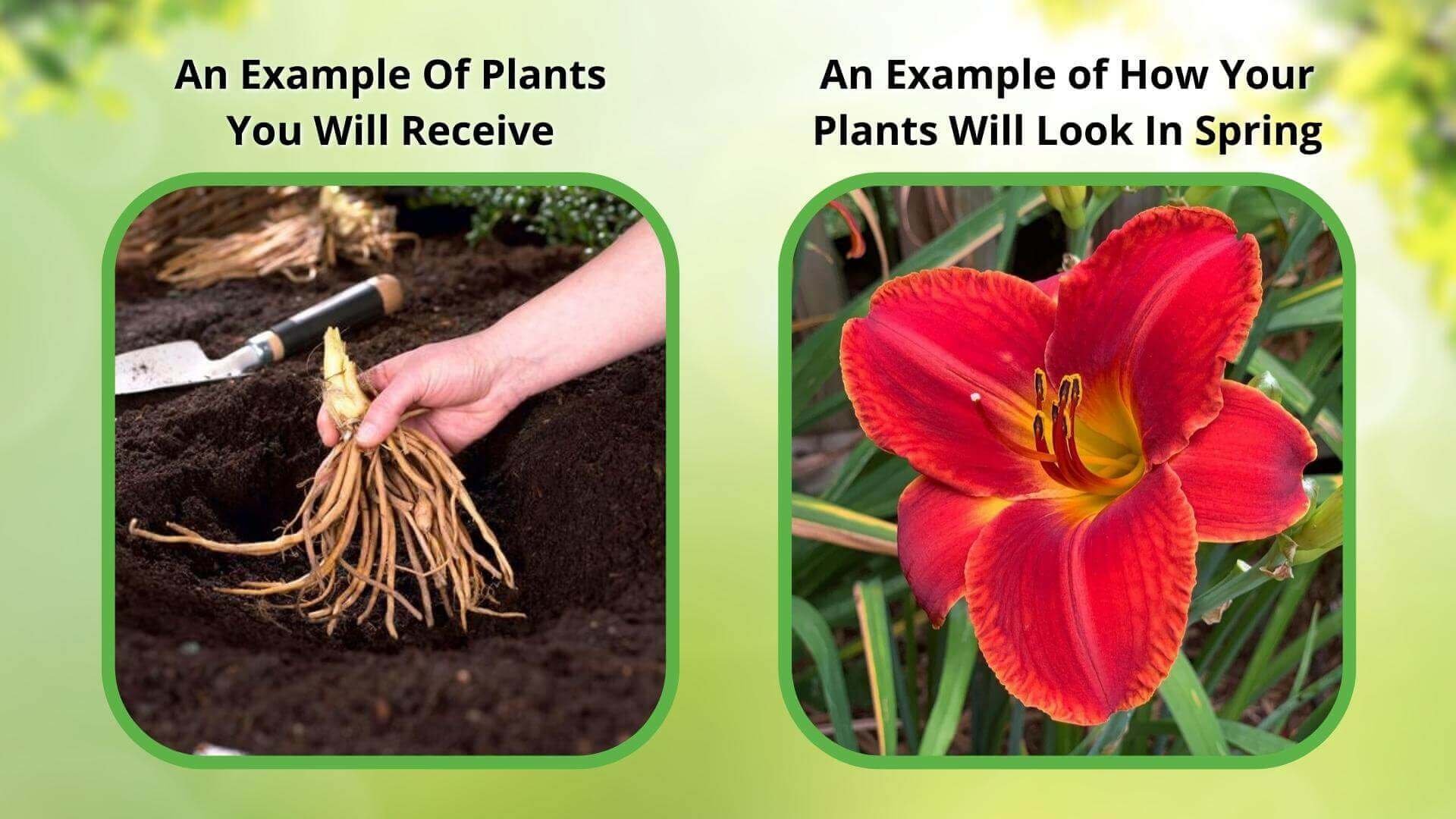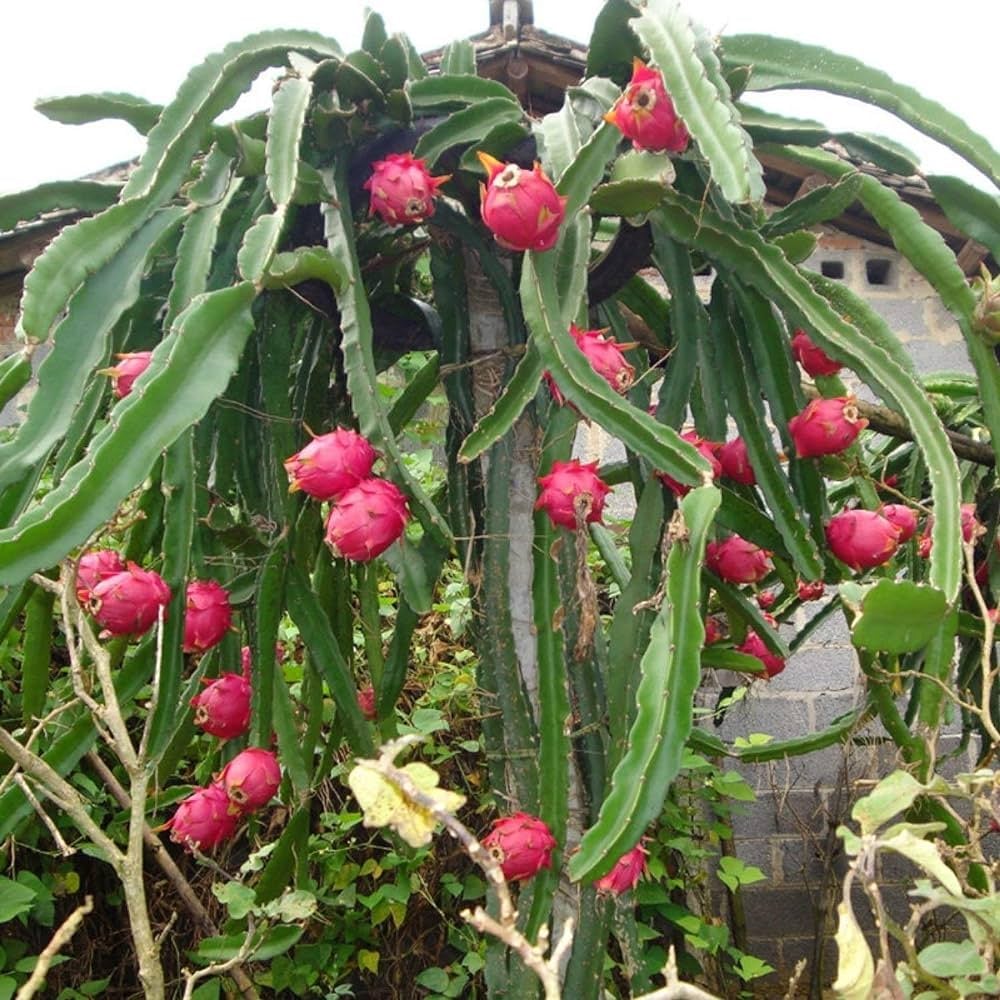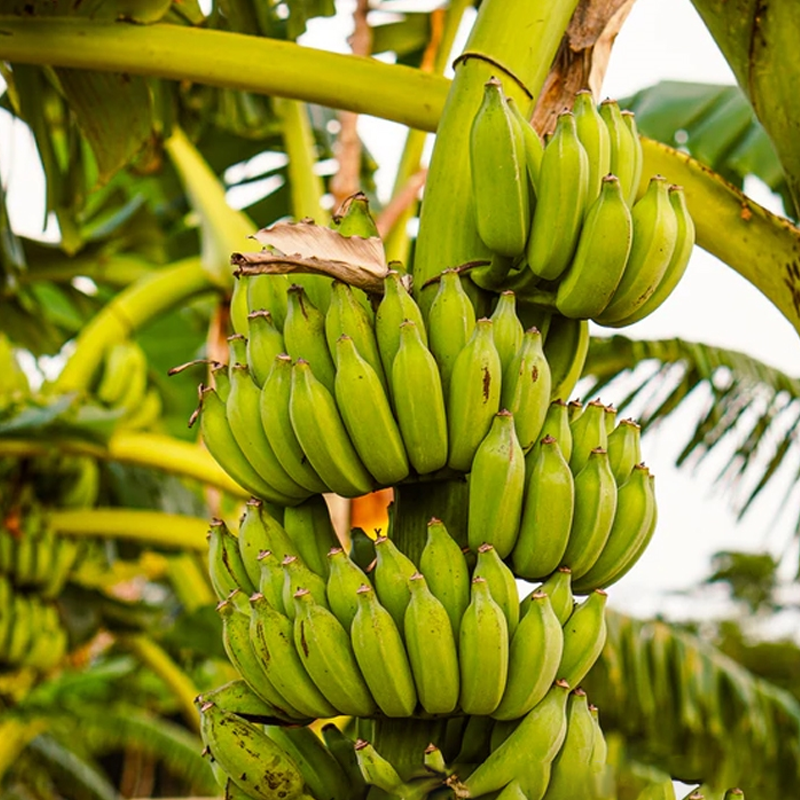



Lyreleaf Sage
Drought-tolerant and low maintenance
Grows well in shady areas
Deer-resistant and hardy plant
Thrives in
ZONE 5ZONE 6ZONE 7ZONE 8This plant ships:
Ships Week of May 5thLyreleaf Sage: Salvia Lyrata
Lyreleaf Sage is a perennial wildflower characterized by its delicate, lyre-shaped leaves and spikes of tubular, purple-to-blue flowers. It is often found in dry, open woodlands and meadows. When thoughtfully integrated into landscaping designs, it presents a range of benefits. Its distinctive appearance, adaptability, contributions to biodiversity, and potential for enhancing outdoor spaces' visual and ecological aspects make it a valuable addition to gardens and landscapes.
Lyreleaf Sage Produces Flowers Annually
Also known as Salvia lyrata, it is an herbaceous perennial. This means that its stems usually do not consist of any woodsy parts. It produces flowers annually before losing them every winter and usually lives for over two years.
Also, being described as "sage" means that it is a hardy, vigorous plant that can withstand being walked on much more than is the case for many other types of greenery. It is also known for its ability to resist, especially wet or dry conditions. This plant is the only one with this specific description native to North America.
It should not be confused with the nightshade, an East Asian flowering plant.
Lyreleaf Sage Has A Long Stem With Blooms
This hairy perennial grows a rosette of leaves at its base, and those leaves, which have irregular margins, can extend up to 8 inches. Its stem usually reaches 1-2 feet long, and leaves typically grow higher, although those located there are much simpler.
Its leaves are dark green for much of the year, usually changing to dark purple in the winter.
Flowering tends to happen more extensively in April, May, and June, although it can occur sporadically throughout the year, with fall commonly being another significant time. These blue or violet flowers reach an inch long and attract butterflies and hummingbirds, while bees are their predominant pollinators.
The natural settings for most of these flowering plants include open areas and along forest edges. It is also commonly found in clearings, meadows, and sand. Many use it in gardens and lawns.
It's native area is spread throughout much of the eastern half of the United States, specifically from Connecticut south to Florida and west to Illinois, Missouri, Kansas, Oklahoma, and Texas.
It has bright blue flowers that bloom over spring and summer and are a precious resource to bees and butterfly lovers. It's easily identified by its pretty, shiny leaves shaped like a lyre.
You can cultivate it in the spring after the last frost has passed, and ensure you space the plants 12 to 18 inches apart. It is essential to water young plants frequently in order to help them start root development. Dead flowers should be deadheaded to make way for newer ones and prune the plant during early spring.
This plant can be propagated by dividing existing plants or by using stem cuttings. Just obtain a cutting with some nodes and put it in the soil to produce roots.
Grow it at the edges of borders, as a groundcover, or in a rocky garden to add color and texture. This shrub has a low growing habit coupled with beautiful flowers, making it very suitable for different landscaping models.
Lyreleaf Sage lives for around two to three years. However, it is able to self-seed, thus allowing them to emerge each year.
This Is How Your Plants Will Look upon Delivery

Bloom Season
Summer
Bloom/Foliage Color
Blue
Height at Maturity
Under 12"
Care
Lyreleaf Sage thrives in well-drained soil and benefits from regular watering during dry periods. It is a hardy perennial, so pruning back old stems in late winter or early spring encourages new growth. Additionally, mulching helps retain soil moisture and suppresses weeds.
Plant Reproduction
Lyreleaf Sage spread by reseeding in loose, sandy soil or by root division
Shipping date depends on the date displayed and chosen when you order from the product's page.
We only accept returns on plants verified dead. If you think your plants have died, we offer a 1 year warranty, please use this File a Claim Link to verify dead plants and start with return warranty process.






Unique Leaf Shape:
The distinctive lyre-shaped leaves add a unique and attractive element to any garden.
Pollinator Attraction:
The bright blooms attract bees and butterflies, supporting a healthy garden ecosystem.
Vibrant Purple Blooms:
Lyreleaf Sage produces striking purple flowers that add a burst of color and elegance to your landscape.
Versatile Use:
Ideal for borders, containers, or as a focal point, Lyreleaf Sage adapts well to various garden settings.
Caring Tips
How do I care for my Lyreleaf Sage?
Each box contains detailed care instructions and information about your product. But here's the basics.
Care Tips
Lyreleaf Sage thrives in well-drained soil and benefits from regular watering during dry periods. It is a hardy perennial, so pruning back old stems in late winter or early spring encourages new growth. Additionally, mulching helps retain soil moisture and suppresses weeds.
Light Requirements
Lyreleaf Sage (Salvia lyrata) thrives in partial to complete shade, making it perfect for woodland gardens or shaded areas. It prefers dappled sunlight or filtered shade, where it can flourish without the harshness of direct midday sun.
Hardy Planting Zones
5 • 6 • 7 • 8
Header
Use this content to share information about your store and products.
Frequently Asked Questions
How often should I water my plants?
How do I know if my plant is getting too much or too little sunlight?
What should I do to prepare my plants for winter?
What are the signs that my plant needs fertilizing?
How can I prevent pests from damaging my plants?
How do I choose the right plant for my climate zone?






